Day 12-Montana
We left Helena and drove through the Valley of a Thousand Haystacks, which is the Little Blackfoot Valley. It’s a narrow valley filled with rounded haystacks with lodgepole pine structures near them called beaver slides. It’s a combination catapult and cage which allows hay to be stacked higher and in the distinctive round shape. It was invented before 1910 and revolutionized haying in Montana by preventing the wind from blowing the hay and cutting stacking time. So interesting to drive through the valley and see the large stacks.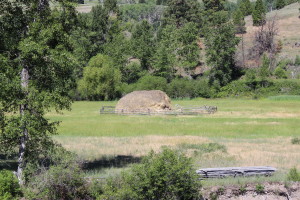
Fort Owen State Park is a one-acre park in the middle of a private farm that has structures left from the original fort built by Jesuit priests led by Father Pierre Jean DeSmet in 1841 in the Bitterroot Valley. They sold the fort in 1850 to John Owen who turned it into a successful trading post. It’s now listed on the National Register of Historic Places. Although small, the buildings and displays are quite interesting and informative and we had fun walking around and reading up on the area.
Our next stop was the Big Hole National Battlefield which is the site of a battle between the US Army and Chief Joseph’s Nez Perce who were fleeing to Canada along what is now preserved as the Nez Perce National Historic Trail. There is a park with several sites and brochures detailing the auto tour tracing the entire flight. On Aug 9-10, 1877, troops commanded by Col. John Gibbon surprised an encampment of Nez Perce bands along the Big Hole River. The dawn attack on the sleeping village resulted in between 60 and 90 men, women, and children being killed by the Army. The park has tipi poles set up where the encampment was and many individual lodges are marked. It is a sacred site because so many died there, and it was a very moving experience to walk among the encampment and imagine the troops bearing down on them.
The warriors fought hard for several hours and the soldiers retreated back across the river and up a ridge to a small wooded area where they were under siege and dug shallow entrenchments for defense that can still be seen.
Nez Perce sharpshooters kept them pinned down overnight while their families escaped, and the warriors finally left the field when the families were safely away and other troops were seen to be coming to the rescue. It was interesting to walk the ground and see the way the battle unfolded.
After hiking two separate trails and wandering all over the battlefield, we drove the Pioneer Mountains Scenic Byway, saw an elk herd and stopped at Crystal Park, which is a public mineral-collecting park operated by the U.S. Forest Service. We had found out about it the day before so we were unprepared for digging, but we found some small quartz crystals just lying on the ground and did some digging with sharp rocks. It was a fun place and someday we’ll have to go back with trowels and sifters.
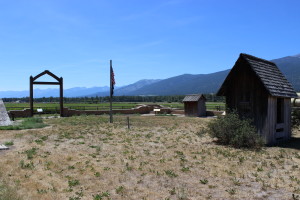
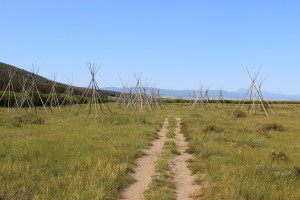
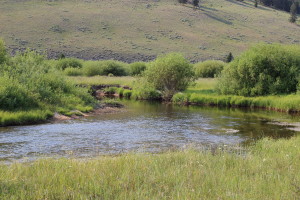
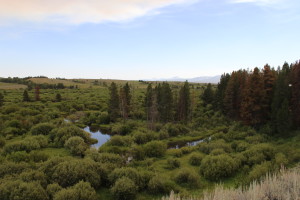
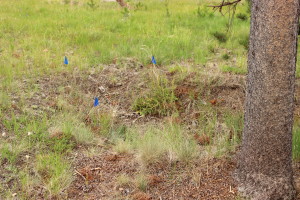
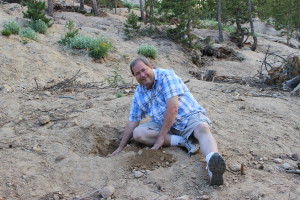

My 2 uncles were in that battle. George and his younger brother Tom from New York. Tom was
killed. The only personal thing he had on him was a book of proverbs published in 1860. I now have
that book. I donated a picture of George to the battlefield museum.